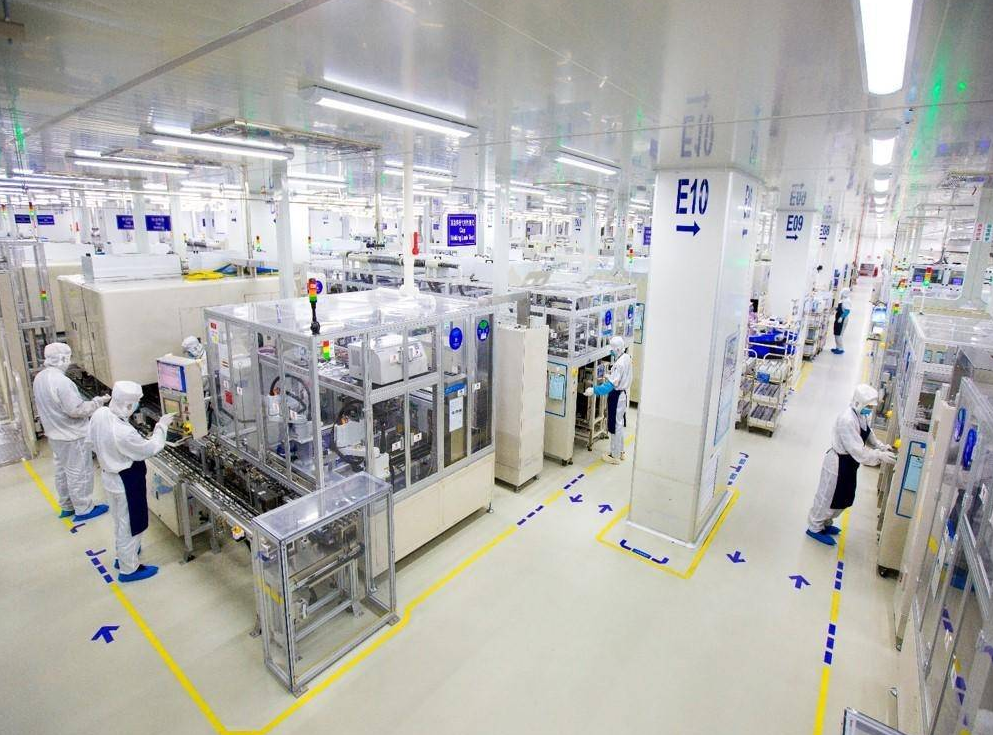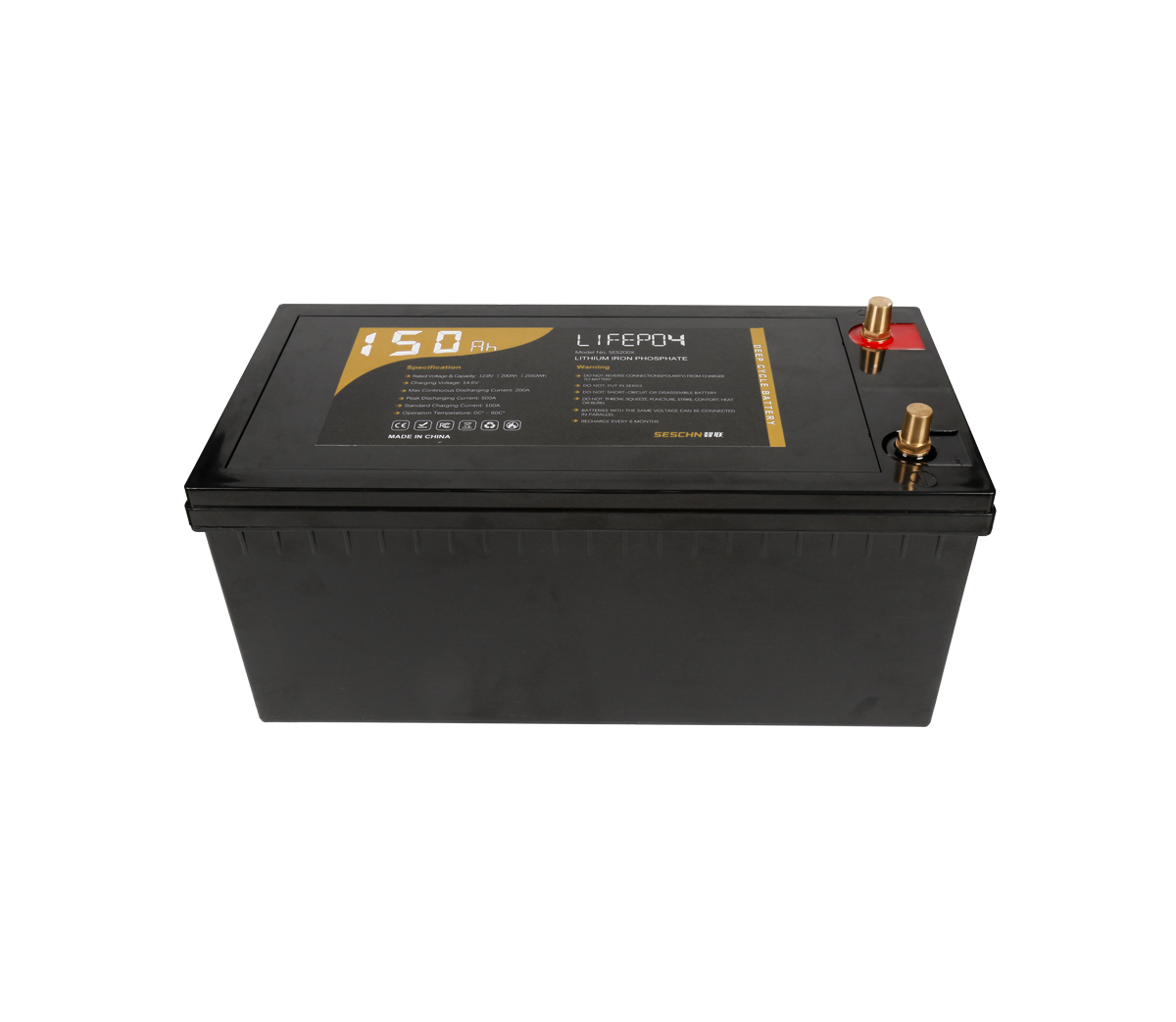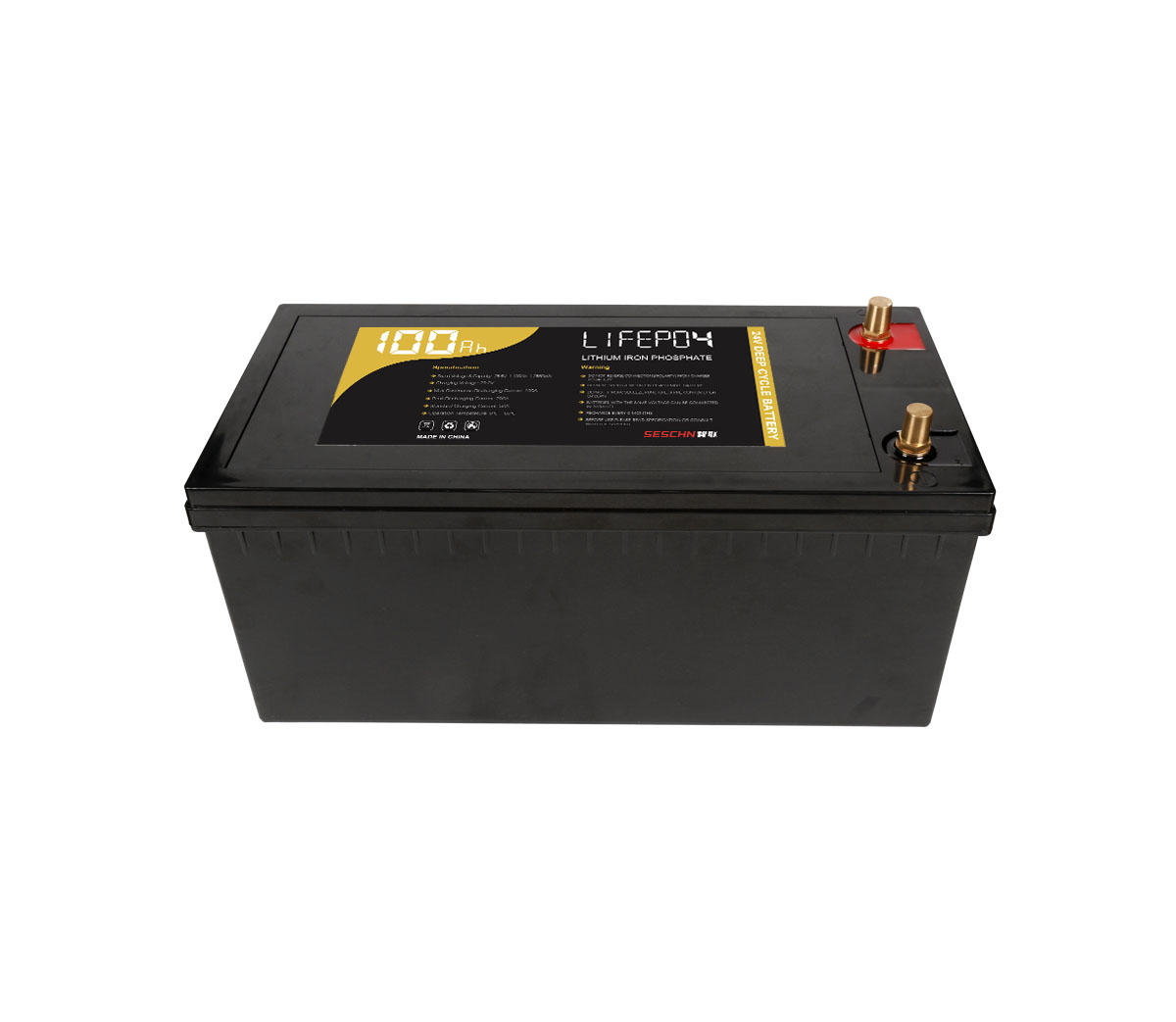4 major considerations for building a lithium-ion battery factory
Today's battery technology has evolved to the point that it can drive an
electric vehicle (EV) for nearly 500 miles (804.672 kilometers) on a single
charge. At the same time, charging networks in Europe and the United States are
continuing to grow.
The industry’s technology and customer acceptance are far superior than a
few years ago, and now it has reached a critical turning point, which has
stimulated the substantial growth of electric vehicles worldwide. Traditional
manufacturers that have been in business for many years have accepted the
reality and decided to convert their entire fleet to electric drive
vehicles.

All this means that we must manufacture a large number of batteries, and
the United States is planning to build a large number of battery plants. In many
respects, these manufacturing plants are similar to other large manufacturing
plants. However, large battery manufacturing plants have unique design and
construction considerations, which can be summarized into four major
considerations.
Challenge 1: Build and maintain an ultra-low humidity environment
In the battery manufacturing process, uncontrolled humidity can cause
problems, resulting in reduced product life, performance degradation, and
potential thermal runaway (for example, fire).
Lithium-ion battery manufacturing requires the most stringent humidity
control. This means that the humidity cannot exceed 1%, which of course is very
challenging.
In order to solve the moisture problem, after choosing the right building
material, it must be considered to be moisture-proof in a dry space, for
example, all sides, top, and bottom are sealed in a complete shell. Once the
seal is complete, the biggest source of moisture is people. Each breath will
release moisture in the surrounding environment. When the relative humidity is
less than 1%, moisture will penetrate through the skin.
This requires professional dehumidification equipment, a professional team
and advanced analysis tools to assist.
Challenge 2: Hazard and fire protection requirements
Lithium batteries are dangerous, and creating a safe working environment is
the key to construction.
Safety measures include specially designed fire protection systems, such as
gas detection equipment to identify problems before thermal runaway occurs,
in-rack sprinkler systems, and aiming water guns that rise in temperature before
a fire occurs. These systems are combined with traditional security tools, such
as firewalls that separate different hazardous classification areas.
Challenge 3: Contact with process equipment suppliers
Most of the process equipment installed in battery manufacturing equipment
in the United States comes from China, South Korea, and Japan. This means
communicating across language barriers and time barriers.
This is a huge challenge. Only equipped with ordinary translators cannot
achieve good results, because translators cannot translate the correct meaning
without understanding the nuances of technology. Therefore, it is essential that
there is a person in the team who not only has technical experience, but also
has language skills.
In addition, team members need to have enough patience and time to truly
understand what the two parties are discussing.
Challenge 4: Electricity demand
The final challenge for large battery manufacturers is the need for very
high-power power supplies. Because the battery manufacturing process requires
charging and discharging of each unit cell in addition to general electricity
usage. This may require a new dedicated substation. The new substation requires
a long construction period.

Lithium-ion battery (LIB) has become the main energy storage solution in
modern social life. Among them, lithium iron phosphate batteries are a perfect
substitute for lead-acid batteries, and are the first choice for grid-connected
peak shaving, off-grid energy storage, photovoltaic energy storage, UPS, data
center and other industries.
Solar power generation system with lithium battery energy storage system is
a very promising clean energy.




































